wyogirl
Oh crop!
- Joined
- Jun 18, 2013
- Messages
- 1,593
- Reaction score
- 611
- Location
- South West Wyoming
- Can others edit my Photos
- Photos OK to edit
Hello all-- I'm new here. Anyway... I have been shooting digital for a long time and decided to buy a cheap used 35mm SLR recently to re-learn film. I feel like a fish out of water. I literally just bought the camera last night so I haven't shot much and haven't developed anything. I have been so used to the instant gratification with digital that allows me to test and adjust my exposure that I just feel anxious with film. I'm not shooting anything important so it isn't a real issue.
Do you all have any tips for developing that "eye" for shooting with film?? Any film shooting tips would be well received.
Thanks in advance!!
Do you all have any tips for developing that "eye" for shooting with film?? Any film shooting tips would be well received.
Thanks in advance!!



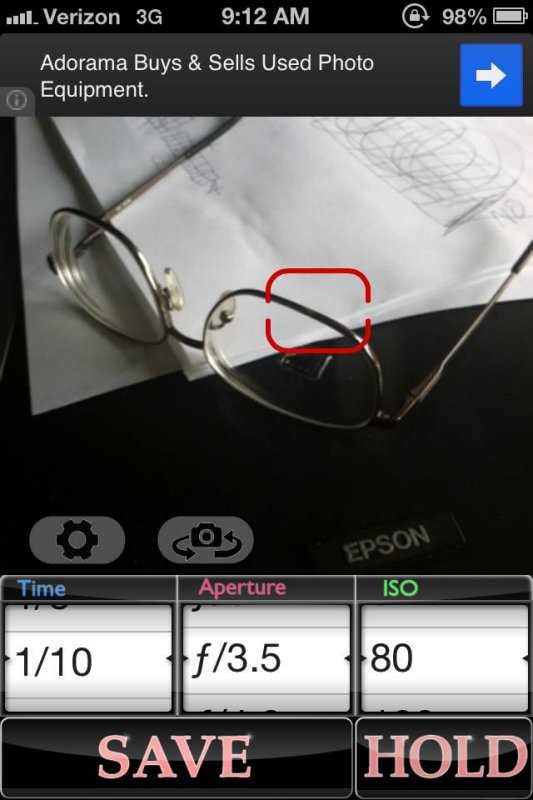
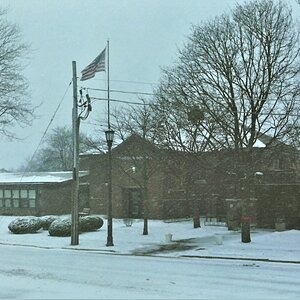
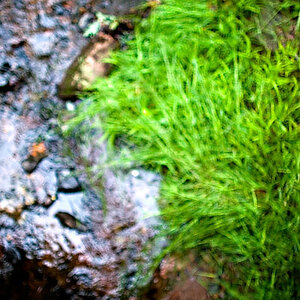
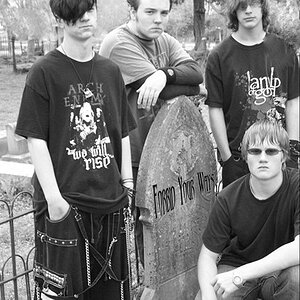

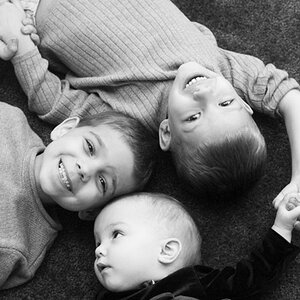
![[No title]](/data/xfmg/thumbnail/42/42483-f2f2bc205a7f02ea47df4ffc45d86e24.jpg?1619740195)
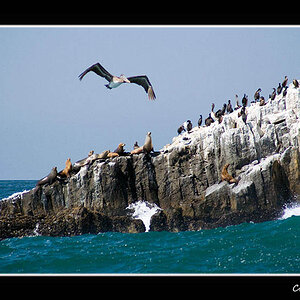
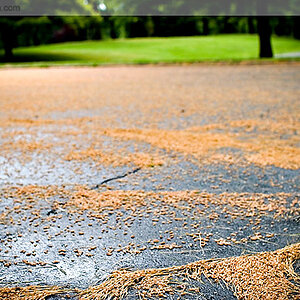
![[No title]](/data/xfmg/thumbnail/42/42453-e95056d39ba6f0ce0e7a7fff81041853.jpg?1619740190)
